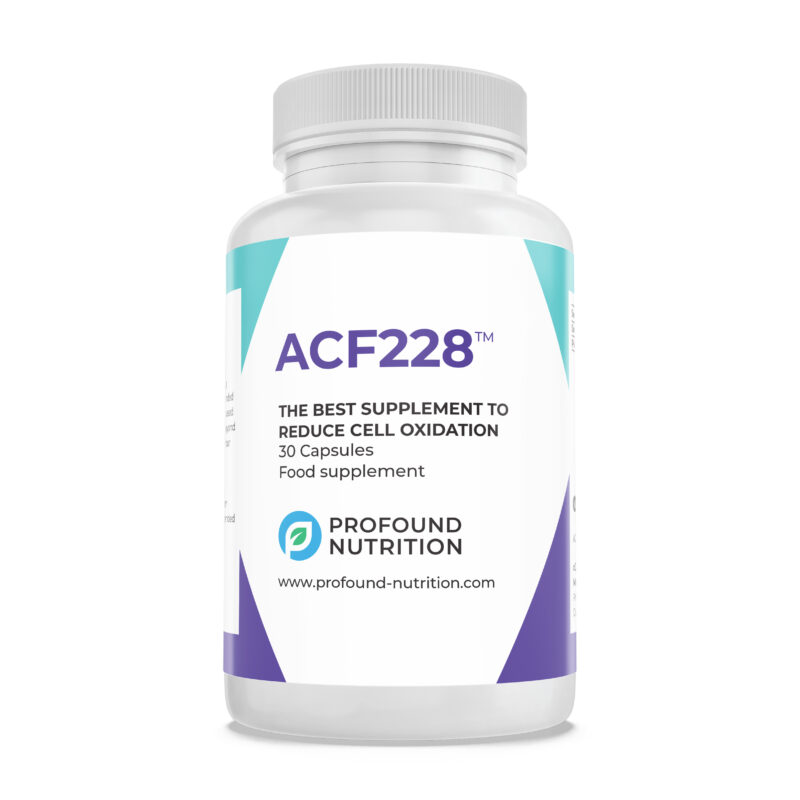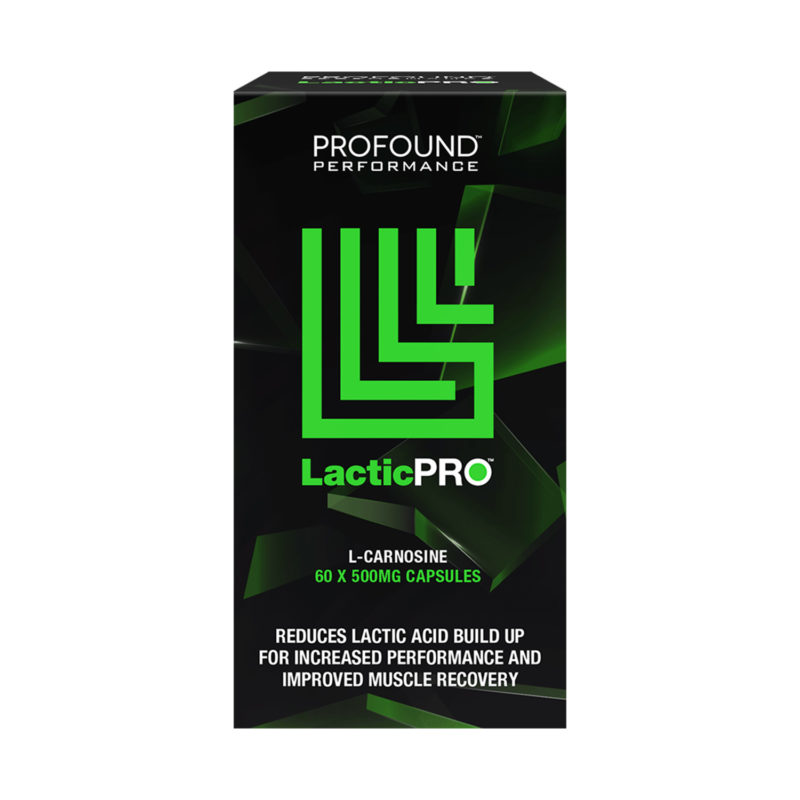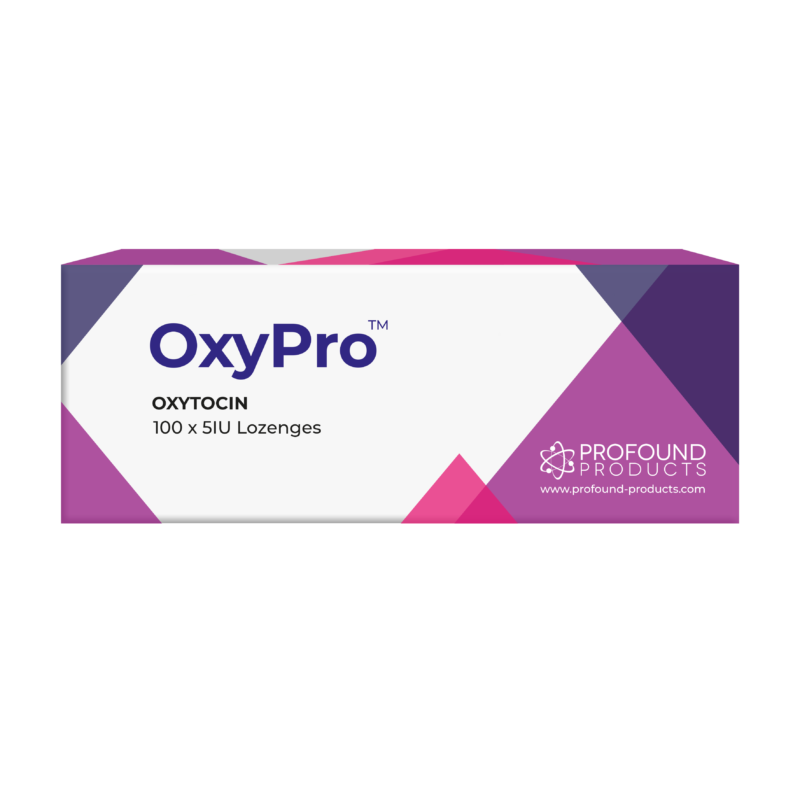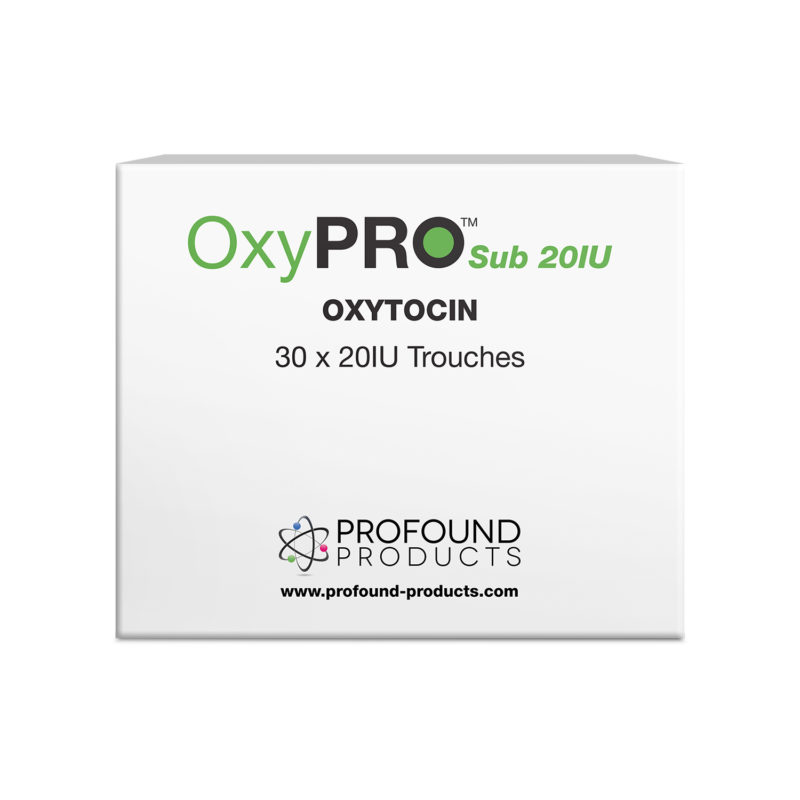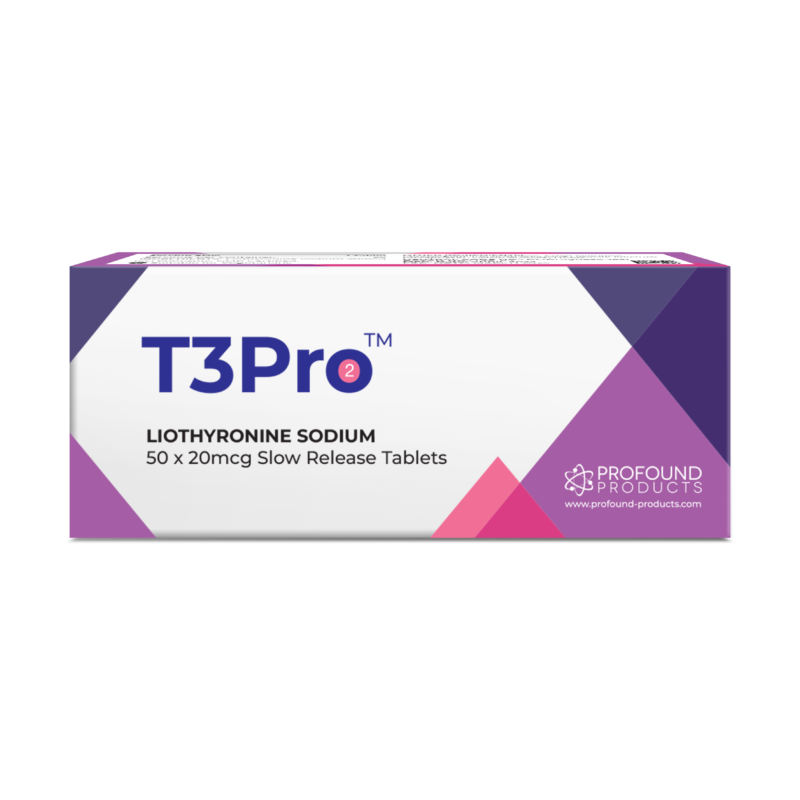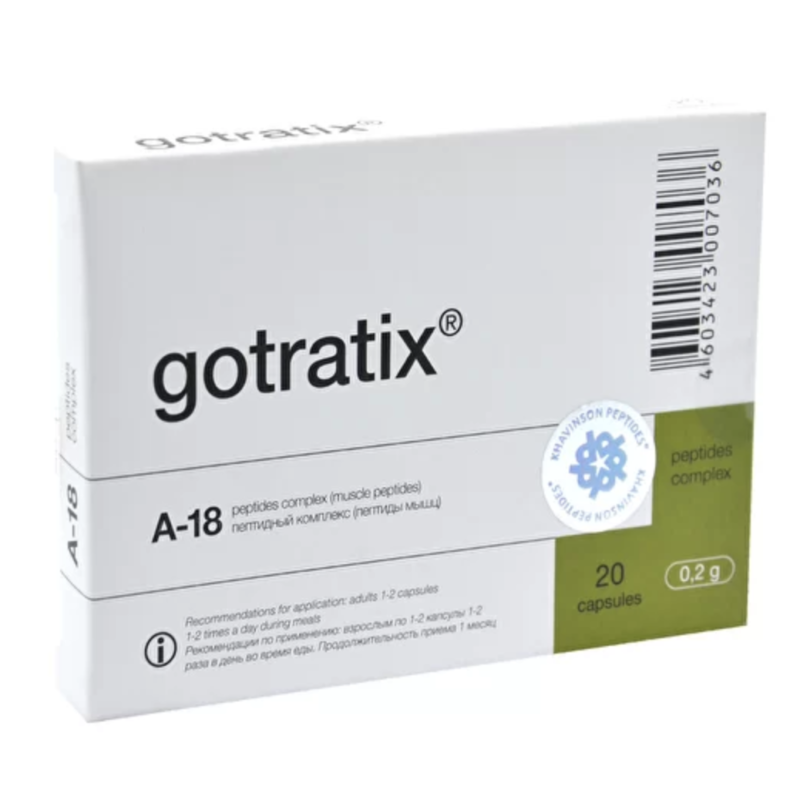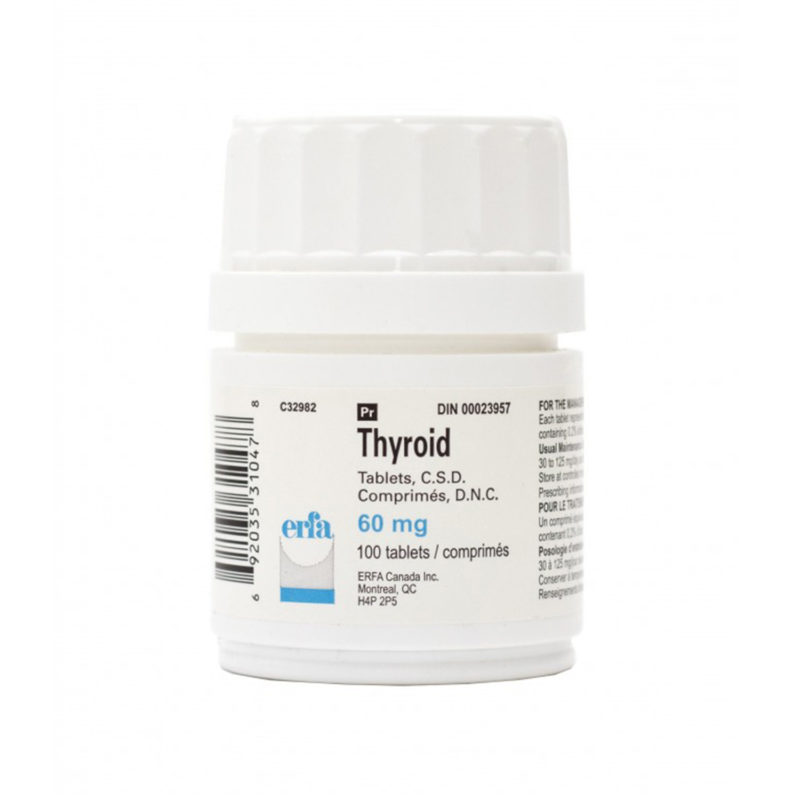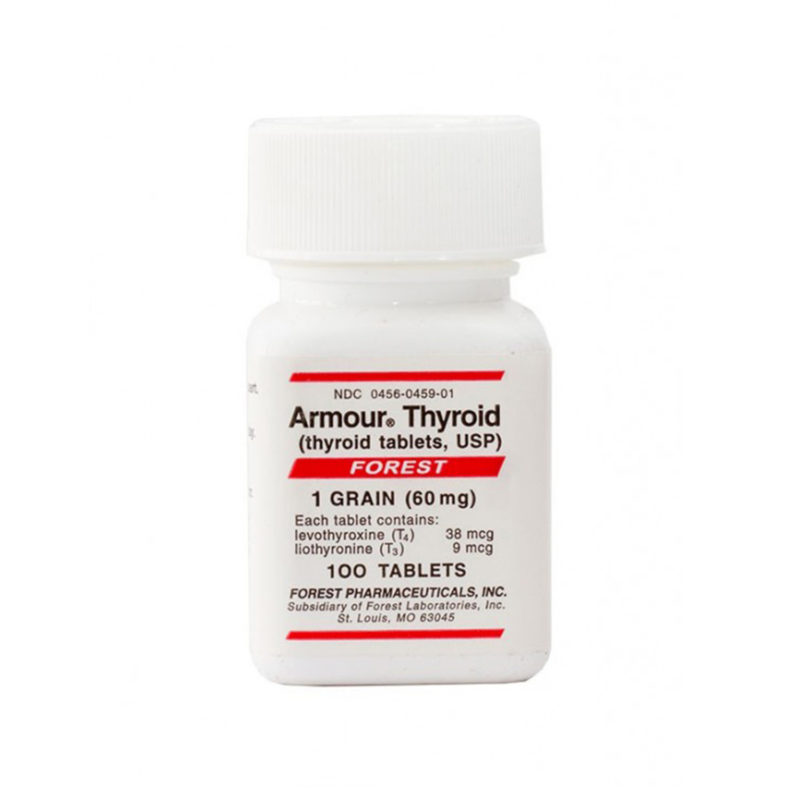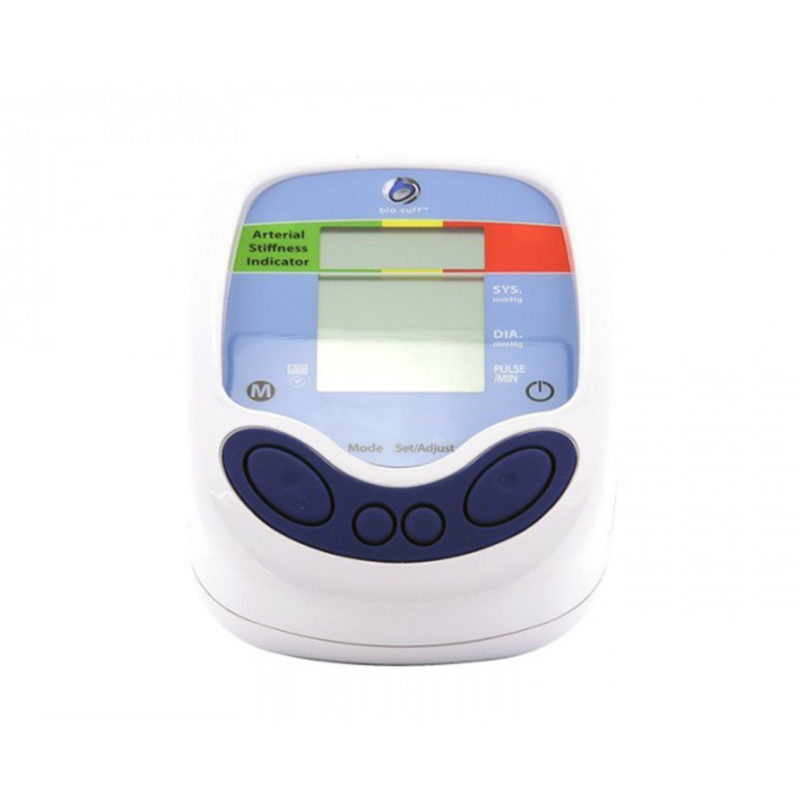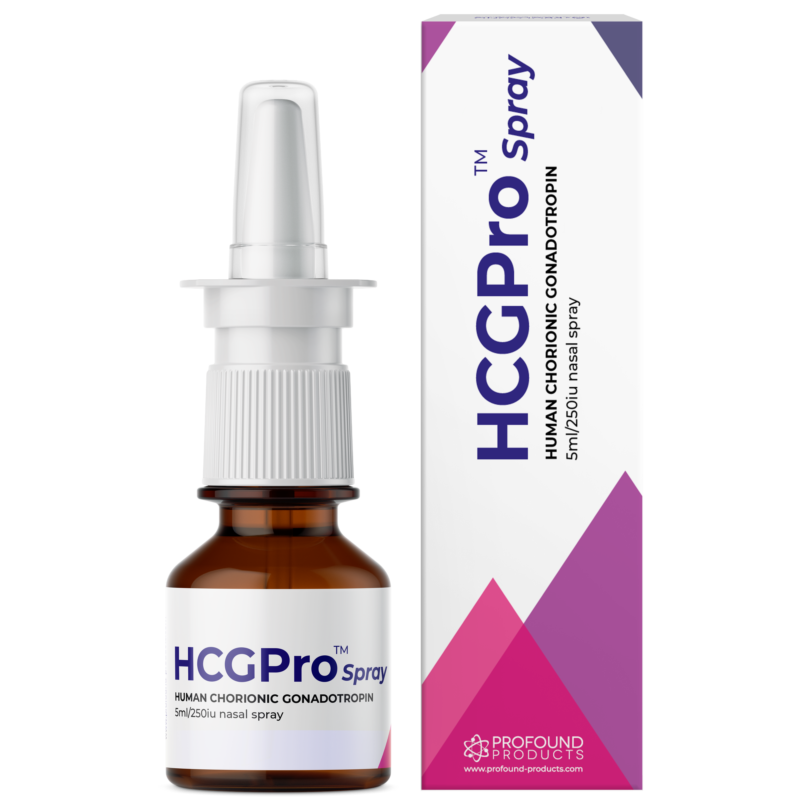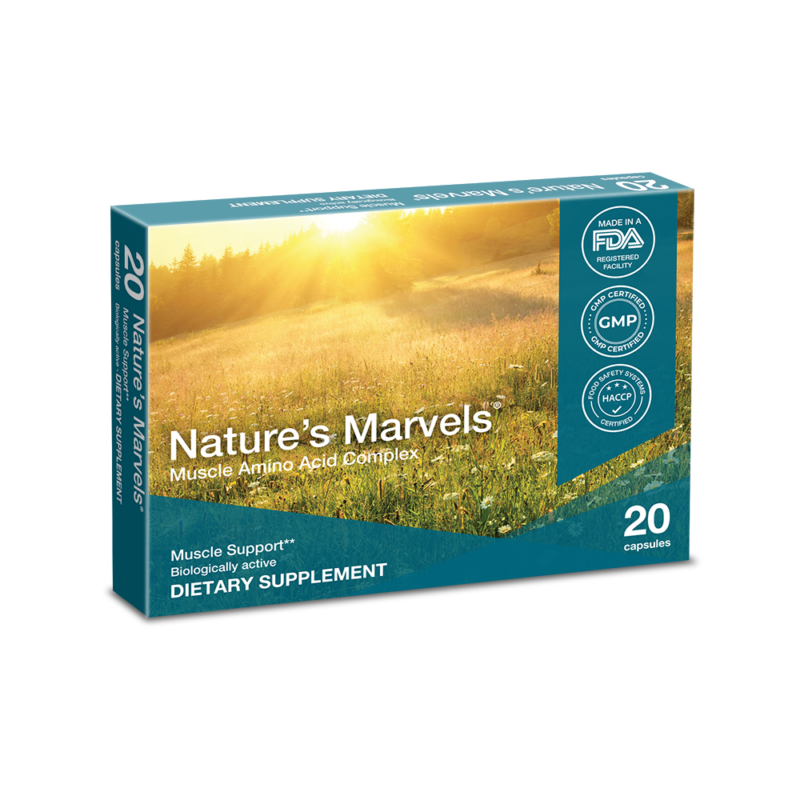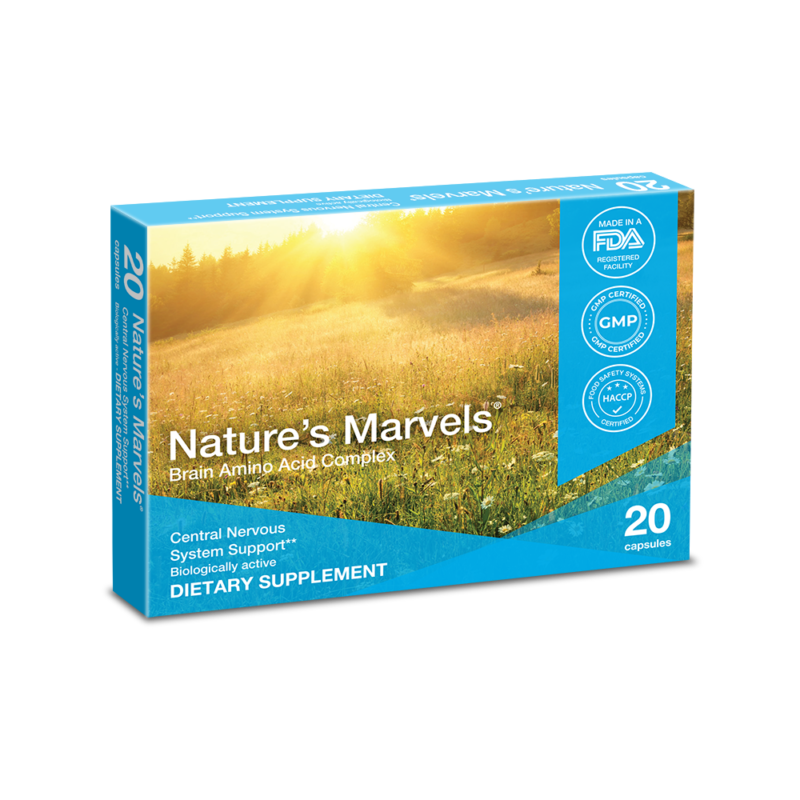Living to Ninety Years and Beyond
“In ancient times the people lived to be over one hundred years, yet they remained active and did not become decrepit in their activities.”
Nei Chin Su Wen, The Yellow Emperor’s Classic of Internal Medicine, circa 2600 B.C.
Even without using anti-aging medicine, it is possible to live beyond ninety years and do so in good health if you live a lifestyle indigenous to various islands such as Okinawa, Japan; Sardinia, Italy; Ikaria, Greece and Maui, Hawaii.
These four islands hold many secrets that have helped their residents live long into their nineties in good health. What are their secrets for health and longevity? In these distant island cultures, people live simply without the stress of cell phones. They take long walks instead of driving cars. They avoid junk-food burgers and trans-fat French fries and instead, they grow and cook their own raw, Paleolithic food. They spend their evenings in laughter and in the company of friends instead of glued to TV and computer screens. All of these factors improve cardiovascular health and promote a happier lifestyle—and longevity.
We can learn a great deal from these distant cultures and perhaps adapt their concepts to our own lifestyles.
Ikaria, Greece
Possibly the most significantly healthy lifestyle on the planet is found on the island of Ikaria, Greece. For twenty-five centuries (1), ancient Greeks traveled to the island to soak in the hot springs near Therma and consume special tree bark (as contained in Digestif™) for indigestion and stomach ulcers. Even today, the local Ikarians share their food and wine in happy company with their neighbors until late in the evenings. All food is home grown and the wine is pressed from grapes harvested from backyard vineyards. Everyone sleeps late in the mornings and eats a typical Mediterranean diet of fresh bread, honey, lentils, goat’s milk, fish, olive oil, herbs (wild marjoram, sage, mint tea, rosemary, and dandelion leaves), and many garden-fresh veggies consumed raw or lightly blanched in hot water.
Of enormous significance is that four times more Ikarian men than North American men live to their nineties. Also, incidence of cancer and Alzheimer’s disease is significantly lower in Ikaria than it is in North America. In fact, it is rather common to meet healthy couples in their nineties at nightly gatherings for dinner and later at dancing and card playing.
A New York Times journalist, Dan Buettner, dropped in on a couple on the island of Ikaria. The men and women were in their nineties and had been married for seventy-five years (1). Thanais and Eirini Karimalis were thrilled to have a surprise visitor from North America. Without asking the name of the journalist, they invited him to drink mint tea and eat health-food cookies and told him about their daily routine. They wake naturally every morning, work in their garden, have a late lunch, and take a nap. At nightfall, they visit friends or friends visit them. Their typical daily diet consists of goat’s milk, sage, tea, honey, coffee, bread, and wine.
Both of them are less than five feet tall, and this fact alone is significant for longevity. According to the Gerontology Research Group, UCLA, Los Angeles, California, almost all centenarians are less than five feet tall and female.
Okinawa, Japan
A similar lifestyle exists on the island of Okinawa, Japan, where couples in their nineties eat boiled vegetables, fish and millet (not rice). Okinawans have a common saying, “hara hachi bu,” which translated means “eat until you are 80 percent full.” Not only do they eat smaller portions of food than continental North Americans, but their calorie intake is 40 percent lower (2). They stay up late at night drinking tea and laughing in the good company of friends.
The health and longevity of Okinawans has been more thoroughly researched than that of Ikarians (1). For example, the world’s longest living women are found on the island of Okinawa. On average, women live to be nearly ninety years of age, as is also the case in the Hawaiian Islands. Scientists have found that Okinawan women never retire and continue to work at home or in the fields even when they are over 100 years of age (2).
Blood tests of these centenarian women revealed that their main female hormone, estradiol (Esnatri™), is three times greater than it is in seventy-year-old American women (2). A similar hormone situation exists for Okinawan men. Other essential hormones such as thyroid hormone (Armour® thyroid™), oxytocin (OxyPro™), testosterone and growth hormone (Release-Pro™) are found in Okinawans at high levels compared to even middle-aged Americans. Thus, researchers have determined that women as well as men have had rich sex lives long into their senior years. Note: Oxytocin and vasopressin are known to enhance libido in both men and women.
100-year-old Okinawan elders have about half the levels of lipid peroxides (1.59) compared to 70-year-old North Americans 2.96) (2). This low level of lipid peroxides is achievable if one consumes a daily capsule of ACF228®.
Sardinia, Italy
The island of Okinawa has the world’s longest living women and the island of Sardinia, Italy, has the world’s highest concentration of centenarian men. Sardinia is a magic island of strange, small men with mustaches and hats, who live with sheep and drink special wine rich in anthrocyanins (3). They seem to live exceptionally long lives. They live in the center of Sardinia’s mountains in the Nuoro province. They often go hunting, recite Dante from memory, walk up and down hills after their sheep and keep their bodies exceptionally slim.
They are sexually active long into old age. One 102-year-old man was sued by a social worker for sexual harassment after fondling her!
As in the case of other Mediterranean cultures, Sardinians eat a great deal of herbs, fresh sheep’s milk, nuts, seeds, fava beans, artichokes, wheat germ and herbal tea. In addition, they consume a special herb called “Helichrysum Italicum” that supposedly regulates blood pressure and cures a wide range of ailments. This healthy diet promotes a deficiency in the bioregulator G6PDH that supposedly aids in longevity. Release-Pro™ acts in a similar fashion to prevent aging.
The Hawaiian Islands
From the former, you may have noticed that people who are likely to live to their nineties and older all live on islands. To my way of thinking, this situation is not unusual because islands are often isolated from the foul air and polluted food and water common in large cities and industrial areas. Another set of remote islands is the Hawaiian Islands and residents there live longer than Americans from the continental United States. If you study the daily obituaries in the Hawaiian Islands newspaper, the Advertiser Star Bulletin, you will discover that first-generation Japanese Americans, often called “Nisei,” live on average to their late eighties or early nineties. Many live a relaxed and slow island pace, especially when compared to those get-up-and-go Americans from large cities such as New York City. If you visit Hawaii, the natives will ask you politely to slow down and take it easy. Using their colorful vernacular, they may say to you: “Da main ting in life is no-sweat-um brada [brother].” These laid-back island people consume three times the amount of fresh, unpolluted fish that Americans in the continental United States eat. And many of their vegetables are home grown and eaten somewhat raw (Paleolithic), as is the case in Ikaria, Greece. Their water and food supplies are free from industrial pollution unless they happen to import food from the continental United States or other areas of heavy industrial activity such as Japan and Europe.
Interestingly, years ago I met by accident an inspector for the Environmental Protection Agency at a coffee house in Hawaii. I became friendly with him and asked him how the tap water in Hawaii compares with the water purity of fancy bottled waters from Europe, namely Perrier and Pellegrino. The inspector appeared surprised by my thoughtful question and answered that ordinary Hawaiian tap water is purer than fancy European bottled waters. Thus, I have always believed that isolated islands have rather pure water, air, and food supplies that provide their residents with a definitive edge for health and longevity.
A Second Edge for Longevity: Supplements
If we hope to live vibrant lives over ninety years and beyond, it behooves us either to move to an island such as Maui, Okinawa, Sardinia, or Ikaria or to take some extreme measures to purify our non-island environment. For example, I recommend purifying tap water with charcoal filters and chelating food with heavy-metal-absorbing chelators such as EDTA-Pro™ and ACF228™. These last two remedies ‘chelate’ by chemically bonding to heavy metals such as mercury and lead and excreting them from the body.
You could also regularly change the air filters in your car and home heating system, and perhaps daily run a Zumba robot vacuum cleaner to remove polluting particulates from your home. A further step would be to begin to use supplements such as D3-5000™, CoQ10-SR™, ACF228™, and multivitamin/ mineral supplements with your three daily meals.
A more advanced step is to regularly visit a physician knowledgeable in antiaging medicine. The physician will help you to balance your hormones and start you on a program of correcting your hormone and nutrient deficiencies.
Hormone Replacement Today and in the Recent Past
During the past thirty years, a hormone revolution has occurred in the United States. US women were first to discover that key hormones such as progesterone and estradiol helped to resolve some problems that start at an average age of 41 years and extend into the menopause years. In 2002, the Women’s Health Initiative Report demonstrated that synthetic progesterone, namely, the progestins, blocked natural progesterone from its receptor sites and caused increased incidences of stroke and cancer in women. As a consequence, smart women have substituted the progestins for all-natural and cheaper bioidentical progesterone (Progest-Pro™). For more details, please read other articles on this website or the books of actress and healthcare advocate Suzanne Somers.
Unfortunately, American men were left behind in the hormone replacement movement because they and their doctors were led astray by the mistaken belief that testosterone causes cancer. The source of this silly notion was a 1941 article by Dr. Charles Huggins of Harvard University. Huggins tested only one patient, a eunuch and declared to the world that testosterone encourages cancerous cell growth! Unfortunately, the medical community believed him with a religious fervor until Professor Abe Morgantaler of Harvard University published his 2010 book Testosterone for Life. In several interviews with my friend Abe, I realized that he had used testosterone correction therapy in men for over twenty years with thousands of male patients—even those diagnosed with active cancers. And guess what? Testosterone did not affect cancer growth one bit.
This situation reminds me of other hormones suspected of causing cancer, such as human growth hormone (HGH). This mistaken belief has also been disproved and recombinant HGH has been readily available since 1983 from Genentech, in Stockholm, Sweden. (I was there in Sweden doing research on the nicotine patch at this time). Beware of false prophets preaching fire and brimstone or, in this case, cancer. One would like to believe that modern people long ago abandoned the prejudices and superstitions of the past.
Ancient Historical Use of Hormone Supplements
Ancient Rome
Interestingly, hormone supplementation goes back more than 2,000 years. In ancient Rome, Pliny the Elder described wealthy Roman women purchasing the sweat of gladiators for enhancement of their waning sex drives.
Apparently, the slaves of gladiators first coated their sweating masters with olive oil because soap did not exist. Then the slaves would strip off the oil, sweat and natural hormone mixture with thin wooden paddles. This oily lotion was preserved in fancy jars and sold to wealthy Roman matrons at high prices. The mixture was also stripped off of athletes from gymnasia and large quantities were sold for as much as 80,000 Roman sesterces or approximately 80 USD (4). These matrons would enhance their waning desires by liberally applying it to their genitals.
Modern women today use a very similar strategy and apply 1–2 mg of 5% testosterone gel to their labia. Vasopressin spray (VasoSpray™) and oxytocin (OxyPro™) also work well to enhance libidos diminished by aging.
Ancient China
The emperors, empresses and concubines of ancient China also used hormone replacement. According to reliable historical sources, from the years 1015 AD to 1840 AD, the emperor from his imperial palace in Beijing, China, would order the young men in his court to urinate in a wooden trough designated for men only. The young women of the court were told to likewise urinate in a trough for women only. Court pharmacists were ordered to collect the two types of urine and saponify, (make into soap) the urine with sodium hydroxide and vegetable oils. As in the case of the Roman gladiators, the saponified urine liquid soaps were collected in expensive jars. Only the imperial family was allowed to apply these male and female soapy lotions to their genitals for sexual enhancement.
Interestingly, it is well known historically that several eunuch emperors during the late Middle Ages had close relationships with their female concubines. I have speculated that these eunuchs applied some saponified male soapy lotion to their genitals and this treatment allowed them to achieve erections and maintain greater intimacy with their concubines. I have no direct historical evidence to support my theory, but it seems likely.
Conclusion
Since ancient times in Europe and China, people have used hormone supplements to enhance their bodies and sex lives and to slow aging. Second, living to ninety and beyond seems possible if one lives a non-stressful lifestyle and pollution-free water and food. People who do not live on an island may live longer if they follow the health recommendations from island-living people.
I have followed these simple recommendations for several decades and I can attest to a definite edge to my health and longevity.
Reference
- Buettner, D. Oct. 2012, The Island Where People Forget to Die, New York Times Magazine, NY, NY.
- Willcox, BJ, et al, 2001, The Okinawa Program, Three Rivers Press, NY, NY.
- Staff, Oct. 2009, The Sardinian Secret: Formula for Anti-Aging and Longevity from 100-Year-Old Men, Insider Health, NY, NY.
- Healy, JF, 2004, Pliny the Elder, Natural History: A Selection, Penguin Books, London, England.
